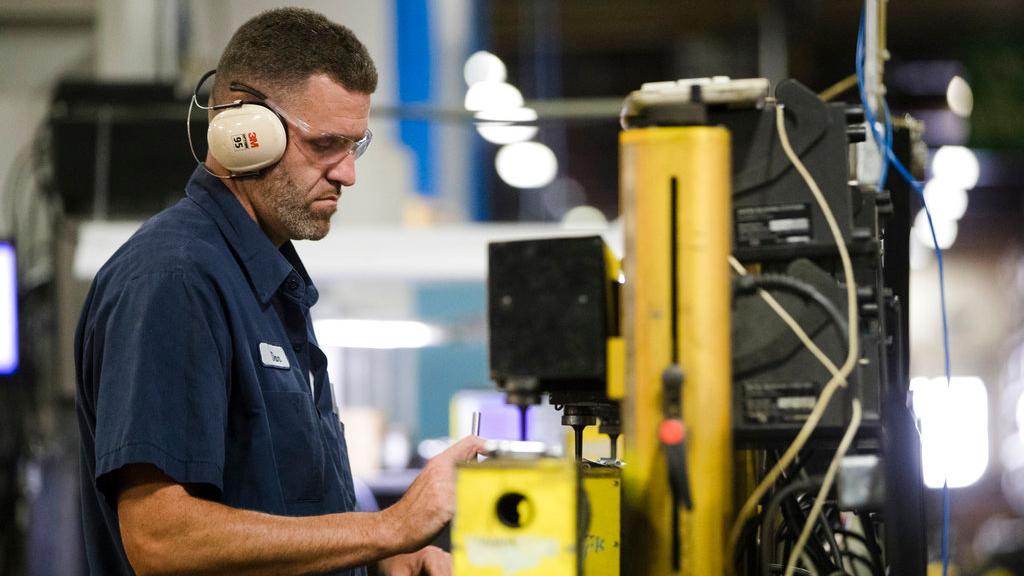US manufacturing at 'frontier' of aging American workforce: Why that's a problem
An aging U.S. population, and labor force, is weighing particularly heavy on one sector of the economy – manufacturing.
As of 2017, nearly one-quarter of the industry’s workers were age 55 or older, according to a new report from the Manufacturing Institute, the workforce and education partner of the National Association of Manufacturers.
The study noted that while an aging population will affect most sectors – its impact on manufacturing in particular could be outsized for a couple of reasons.
First, the manufacturing sector’s labor force is already skewed toward the older side. The median age of a worker in the sector as of 2018 was 44.1, compared with 42.2 for the U.S. overall. Part of that problem stems from challenges attracting younger workers to the sector.
The industry is also facing a skills gap, resulting from an aging population and a tight labor market. The continual introduction of new technologies – like robotics and artificial – exacerbates that skills gap, requiring continuous training.
“Taken together, these manufacturing-specific factors indicate that the manufacturing sector is at the frontier of the aging workforce trend,” researchers wrote. “An older-than-average workforce means that the sector is witnessing the effects of workforce aging earlier than many other industries.”
More than 40 percent of the 302 manufacturing companies surveyed said they were aware of the trend and somewhat concerned – a slightly fewer percentage said they were aware and “very” concerned.
While other industries were concerned that the age of the population would impact costs or productivity, manufacturers cited so-called “brain drain” as a primary concern – which refers to the loss of institutional knowledge along with older workers who may retire without passing knowledge on.
Under Trump, the U.S. added about 465,200 factory jobs in 2017 and 2018 – which is the largest volume of new manufacturing jobs created over a two-year period since before the recovery, according to data from the Economic Innovation Group.
By region, the manufacturing expansion was felt across all regions, but southern states created the largest number of new manufacturing jobs over the past two years.
CLICK HERE TO GET THE FOX BUSINESS APP
However, the industry still faces a labor shortage. An estimated 2.8 million job openings in the sector – half of all open positions – could go unfilled in the decade ending in 2028, according to research from Deloitte.
Firms are also concerned about a mass wave of retirements as current older workers approach their mid-60s.

